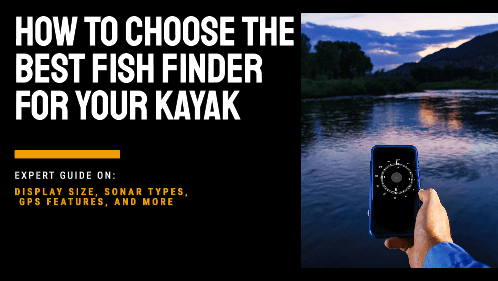When you’re setting out on a kayak with a fishing rod in hand, you want technology that enhances your experience, not complicates it. That’s where a fish finder can make a big difference.
Environment Matters

But before you zero in on one, it’s vital to understand your specific needs. Are you braving the deep blue sea or meandering through tranquil lakes? Recognizing the type of environment you’ll predominantly fish in steers you toward the right kind of fish finder.
Practicality of Installation

Next, consider the practicality of installation. Your kayak isn’t like a spacious boat deck; space is at a premium. A fish finder that’s chunky or has a complex mounting system might take up valuable real estate on your kayak.
Go for portable and compact designs that promise flexibility in placement. Ideally, you’d want a model that seamlessly integrates into your setup without disrupting your fishing operations.
Transducer Compatibility
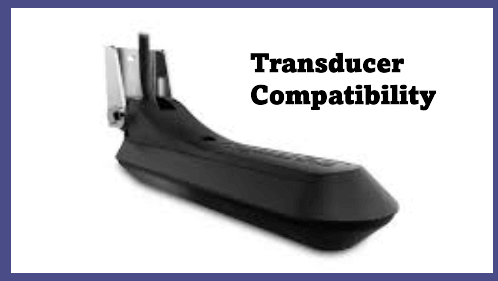
What’s also crucial is ensuring your chosen fish finder’s transducer is on talking terms with your kayak. A transducer is key as it dispatches and collects sonar data, aiding in fish detection.
Some kayaks come equipped with ready-to-use transducer mounts, while others might call for a bit of DIY. Verifying compatibility ahead of time saves you from headaches later on and guarantees you’re not left in the lurch when you hit the water.
A True Fishing Companion
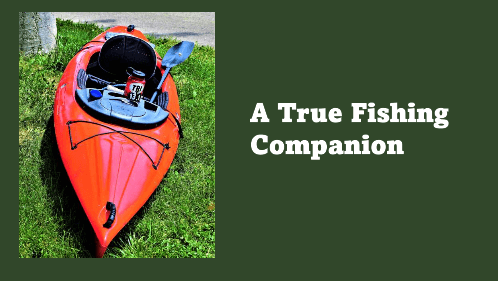
Remember, pinpointing your kayak fishing needs doesn’t just simplify your search—it ensures your fish finder isn’t just another gadget, but a true fishing companion. And when you finally match the fish finder to your style and kayak, clarity comes into play—display clarity, to be specific.
That’s what we’re going to look at in the next section, so you can cast your line with confidence and a crystal-clear view of the world underwater.
Navigating the Technical Terrain: Display and Sonar Insights
Let’s focus on what’s going to be the face of your fish-finding endeavors: the display. Screen size and resolution may seem like straightforward considerations, but on a kayak, they take on new meaning.
You’re working with limited space, so while you might be tempted by the allure of a large, crisp display, remember – every inch counts on a kayak.
Display Considerations

Aim for a display that strikes a perfect balance between readability and spatial economy. Ideally, look for a high-resolution screen that remains visible in sunlight, as glare can be a real hindrance when you’re out on the water.
Sonar Types
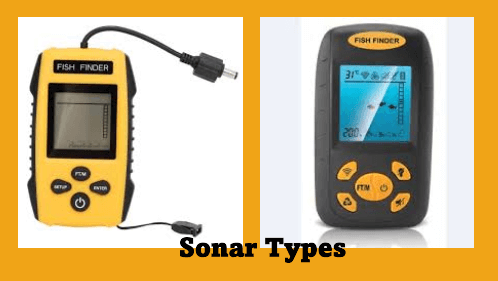
Now, what about the sonar types? Think of this as choosing the lens through which you’ll view the underwater world. Traditional 2D sonar is your standard option, offering a vertical view of what’s below.
However, technologies like Down Imaging and Side Imaging allow for more precision with photorealistic views of the structure, vegetation, and even the fish themselves.
- Down Imaging is ideal for a clear snapshot of what’s directly under your kayak, while
- Side Imaging can give you a more panoramic view, which is priceless when you’re searching the depths.
Ease of Use
And I can’t stress this enough: ease of use is critical. You don’t want to be fumbling through complicated menus while you’re balancing on a kayak. Look for user-friendly interfaces with intuitive controls.
This isn’t just about convenience; it’s about efficiency. An easy-to-navigate system means more time spent fishing and less time playing with settings. After all, you’re out there to enjoy your fishing trip, not to take a crash course in technology.
Advanced Navigation and Device Sustainability
When you’re zigzagging across waters searching for that perfect catch, the GPS capabilities of your fish finder are more than just fancy tech; they’re your digital compass in the aquatic world.
GPS Capabilities
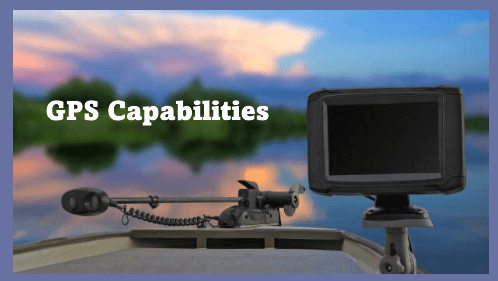
A model with built-in GPS doesn’t only display your current location, but it also lets you mark waypoints for hotspots and create personalized maps of your frequent fishing areas. The inclusion of GPS offers a considerable edge, turning a good fishing trip into a strategic operation with recorded sweet spots for future visits.
Water Resistance and Durability
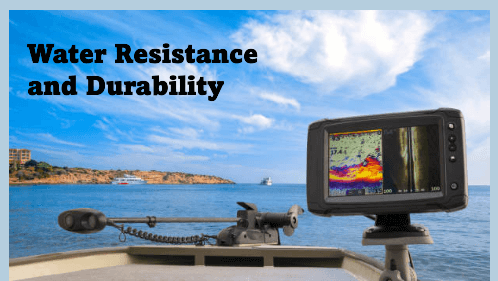
You’re going to find out about the importance of device endurance soon enough � the moment your kayak fish finder takes a splash. There’s a stark difference between ‘water-resistant’ and ‘waterproof’.
When your fish finder falls into the latter category, you’re safeguarded against accidental immersions and the relentless spray of water during a paddling session.
Additionally, the durability of your device is non-negotiable. With a rugged build, you can steer through jagged branches and brush that would otherwise spell disaster for less sturdy models.
Battery Life
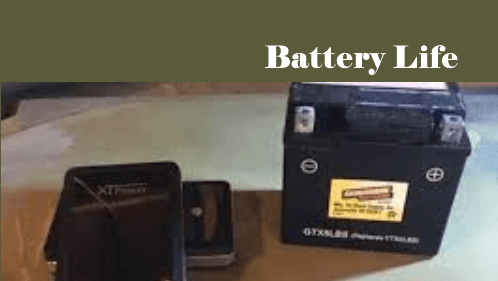
On the topic of lasting reliability, check the battery life crucially. It’s not just about power; it’s about peace of mind.
Battery life is often overlooked, yet it’s the linchpin of prolonged trips. A fish finder with a long-lasting battery ensures that you’re not left in the lurch when it matters most.
With this piece of gear as your digital fishing ally, the focus can stay on the thrill of the catch rather than the fear of the sudden shutdown.
Balancing Cost and Quality: Final Considerations Before Purchase
So my question to you today is, have you weighed your options between price and necessary features? It’s a tough balancing act when you’re eyeing the perfect fish finder for your kayak.
You’re going to find out that some models will lure you with advanced capabilities, but I’m here to help you understand that you don’t always need to splash out on the priciest gear.
Cost vs. Features
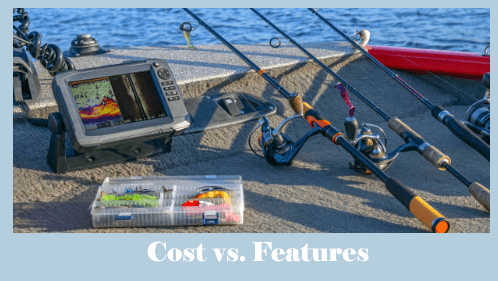
Choose something that resonates with you and your actual needs on the water. If you can get by with a solid mid-range model that ticks all your boxes, your wallet and your fishing experience will thank you.
But, don’t worry too much about making the perfect choice on the first go. You can always adjust your approach down the road as your skills and requirements evolve.
Learning from Others

In my opinion, taking a good look at what seasoned kayak anglers are using can be tremendously helpful.
Brand and reviews matter and can mean the difference between a choice that keeps you fishing happily for seasons or one that leaves you stranded with glitches when you least expect it.
I really hope that you put stock in these experiences, because they are windows into what your future on the water might look like with that device at your side.
Future Proofing

Today, I’m going to encourage you to also think a bit about the future. Future proofing isn’t just for tech enthusiasts; it’s practical for anglers too. Investing in a fish finder with scope for upgrades or additional features might mean you’re set for longer than opting for a basic model right now.
Hands-On Testing
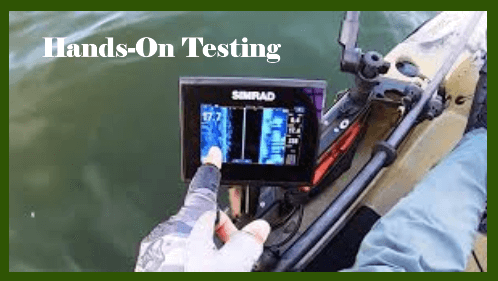
And, if possible, I’d recommend testing different fish finders if you have the opportunity. It blew me away in terms of the quality of insight I could gain just by trying out different models before settling.
There’s a lot of opportunity in understanding how the device feels in your hands, and how intuitive the controls are for you personally.
Closing up, remember that this purchase is just as much about enjoying your time casting lines as it is about catching fish. A practical, cost-effective fish finder that suits your specific kayaking conditions, skill level, and catches is out there.
And now you’re equipped with the knowledge to reel it in. Choose wisely, and I wish you smooth sailing—and even smoother fishing!
